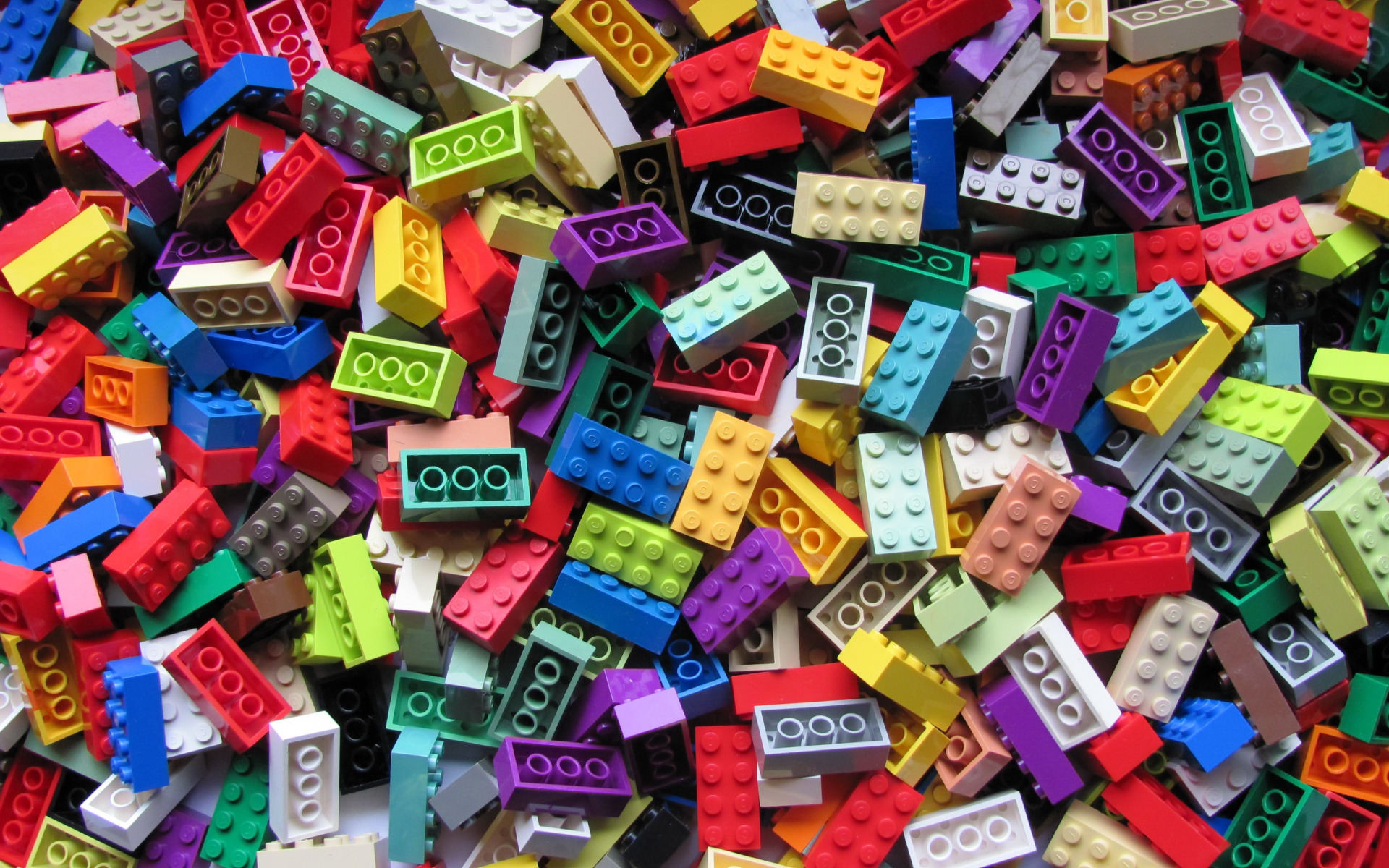David Moroz
LEGO is no longer just a toy for children: it has also become a sought-after collector’s item, with a particularly dynamic second-hand market. Like certain luxury brands such as Pandora and Hermès, the LEGO Group encourages its customers to collect by developing varied and sometimes limited-edition ranges. When a range – known as a theme at LEGO – is discontinued, collectors turn to the second-hand market, particularly the online sales platform BrickLink, which was acquired by the LEGO Group in 2019.
It was on this platform that we conducted a study recently published in Applied Economics to better understand the price dynamics in the secondary market for LEGO sets.
To do this, we analysed a set of 7,585 different LEGO sets, divided into 107 themes, representing a total of 227,920 lots available for sale on BrickLink in 2019. This data allowed us to study the market before any influence from the LEGO Group’s acquisition of the platform.
Our analysis incorporated a set of variables that have rarely been combined until now: total number of pieces in a set, diversity of pieces, presence of minifigures, rarity of the set on the platform, age and status of the theme (still in production or not), historical price performance by theme, etc.
Among the most striking results, we confirmed that larger sets – i.e. those with a high number of pieces – sell for higher prices. This is not surprising: LEGO enthusiasts enjoy long builds, which are often associated with iconic constructions. More interestingly, we also showed that the diversity of pieces (number of different pieces within a set) also increases the value of the set, potentially because a greater diversity of pieces increases the difficulty and therefore the interest of the build. The mere presence of minifigures increases the price by more than 40%, regardless of the size of the set.
Rarity obviously also plays a crucial role: the more in demand and less available a set is, the higher its price. However, it was the effect of the theme that interested us most. First of all, certain more popular themes, such as Star Wars™, are more highly valued. However, we also identified what is known in economic literature on art markets as the ‘death effect’: sets from themes that have been withdrawn from sale see their price increase by around 16% on average, and this effect is even stronger the older the theme is. The phenomenon is similar to what has already been observed with the price of works of art following the death of their creator.
These findings have practical implications for companies selling collectibles. A better understanding of the dynamics of second-hand markets can help them adjust their product launch and discontinuation strategies and strengthen the loyalty of collector customers. Finally, from an environmental perspective, well-structured second-hand markets help to reduce waste and extend the life of products — an important issue for a brand such as LEGO, which still faces the challenge of using non-renewable plastics.





